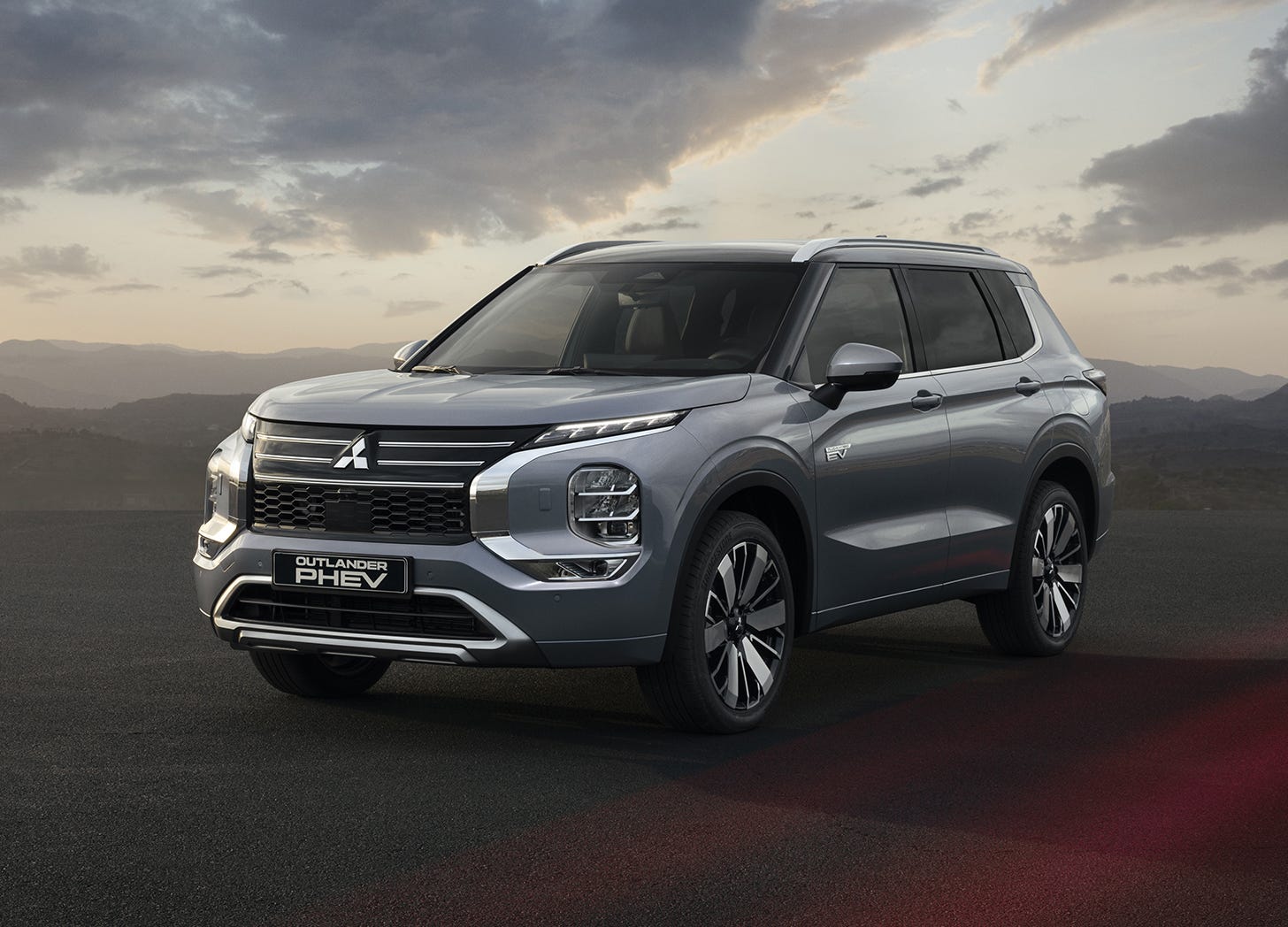Where Do We Go from Here?: Quickie
Mitsubishi is in a tough spot right now. Not because it didn’t have a terrific year of selling cars in the U.S. because it totally did. But because for months, its poor CEO had to be the toddler with headphones while its Japanese parents bickered.
This is the most amount of turmoil to come out of Japan since a peculiar dusk cloud arose from Hiroshima in 1945. Honda was fully set to merge with Nissan after signing not one, but two MOUs in 2024. The first was to establish rapport in developing software for a new generation line of vehicles. The second was to merge altogether in one group.
But then Nissan and Honda executives couldn’t agree on terms, and the deal fell apart entirely with Mitsubishi caught in the middle. Reports are coming out this week that Honda’s CEO wanted to absorb Mitsubishi into the fold, and was using Nissan to achieve his objective. It may still fall through if certain conditions are met. However, the mystery looms over the fate of Mitsubishi Motors.
For some time now, Mitsubishi hasn’t developed a car in-house. The bestselling Outlander is based on the Nissan Rogue. The Mirage sits on a French car chassis while the Outlander Sport and Eclipse Cross rely on a platform developed during the DaimlerChrysler days. That was during the Bush administration.
What started this whole thing was Renault wanting to get rid of shares affiliated with Nissan since it was bleeding money. Then Nissan needing a major backing partner to get it out of the hole it dug itself, thus initiating talks with Honda. One way and another, Mitsubishi had been a pawn watching all the action unfold. This ties into the larger picture of it being the bridesmaid, never the bride.
Mitsubishi’s history in the U.S. has rarely presented a starring role. It supported Dodge’s entry into the compact market when the company was attempting to move away from muscle cars in response to the oil crisis. Its engineering shined because Dodge did little to change the Starion and 3000GT beyond a name change.
These were part of the elusive group of legendary sports cars to come out of Japan in the 1980s and ‘90s. Its greatest 21st-century hit was the Lancer Evolution X, but that too, like any modern Mitsubishi, survived thanks to a raid of the parts bin shared with DaimlerChrysler.
That was then, this is now. With the Honda merger circling the drain, what’s next? Mitsubishi has no halo vehicle, nothing like a Miata or Nissan GT-R to define the brand. At best, its efforts have come on behalf of being another car first.
Which makes the product launch of the 2025 Outlander bittersweet. This is a refresh but for riding on Nissan bones, the Mitsubishi looks to be pretty snazzy:
With Foxconn expressing interest to buy out those Renault shares, there may be a silver lining in the near future. I would hate to see a company like Mitsubishi go up in smoke all over some failed business shenanigans.
But I’ll tell you what did go up in smoke: Hiroshima. And the company that stood firm since has produced some of the greatest driving cars on the planet, including an iconic roadster. That’s how I ended up with a Miata seventy-odd years later.
This is on my mind as I will be back at Mazda very soon. Mazda faced a similar predicament after Ford sold back its controlling shares and had to start over. And it just hit 400,000 U.S. annual sales for the first time.
If Mazda can do it, Mitsubishi will too.



